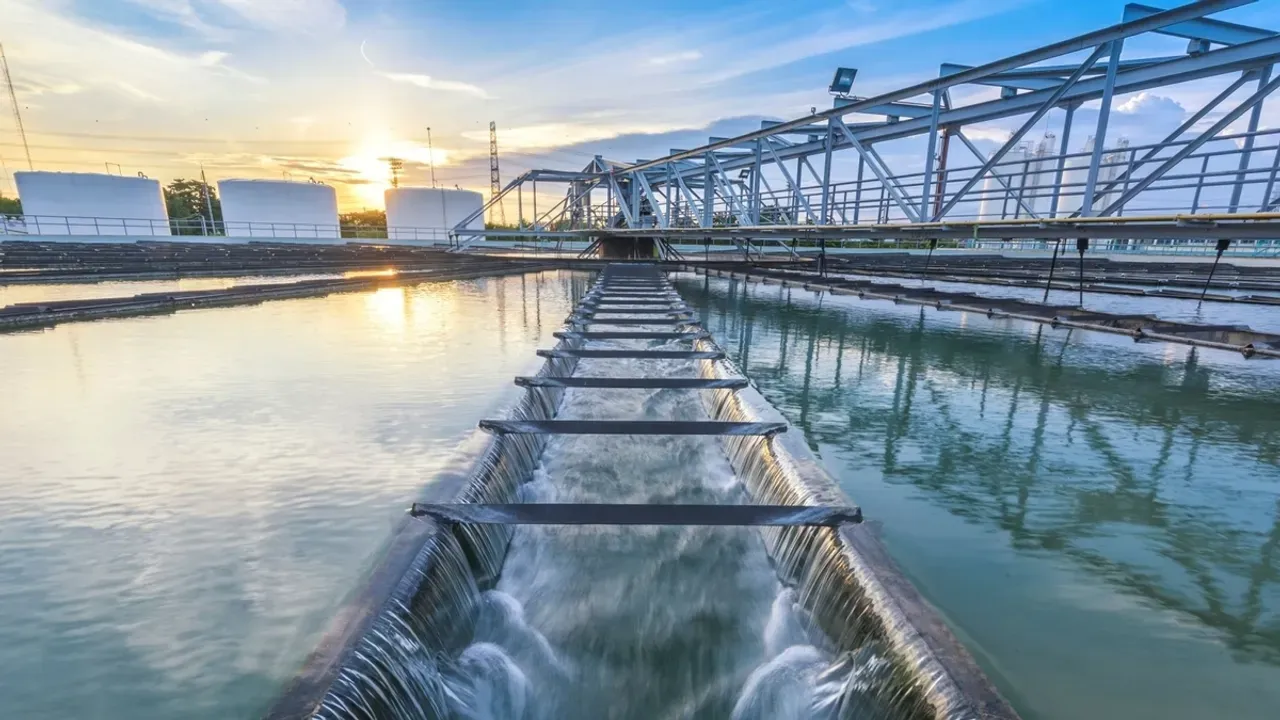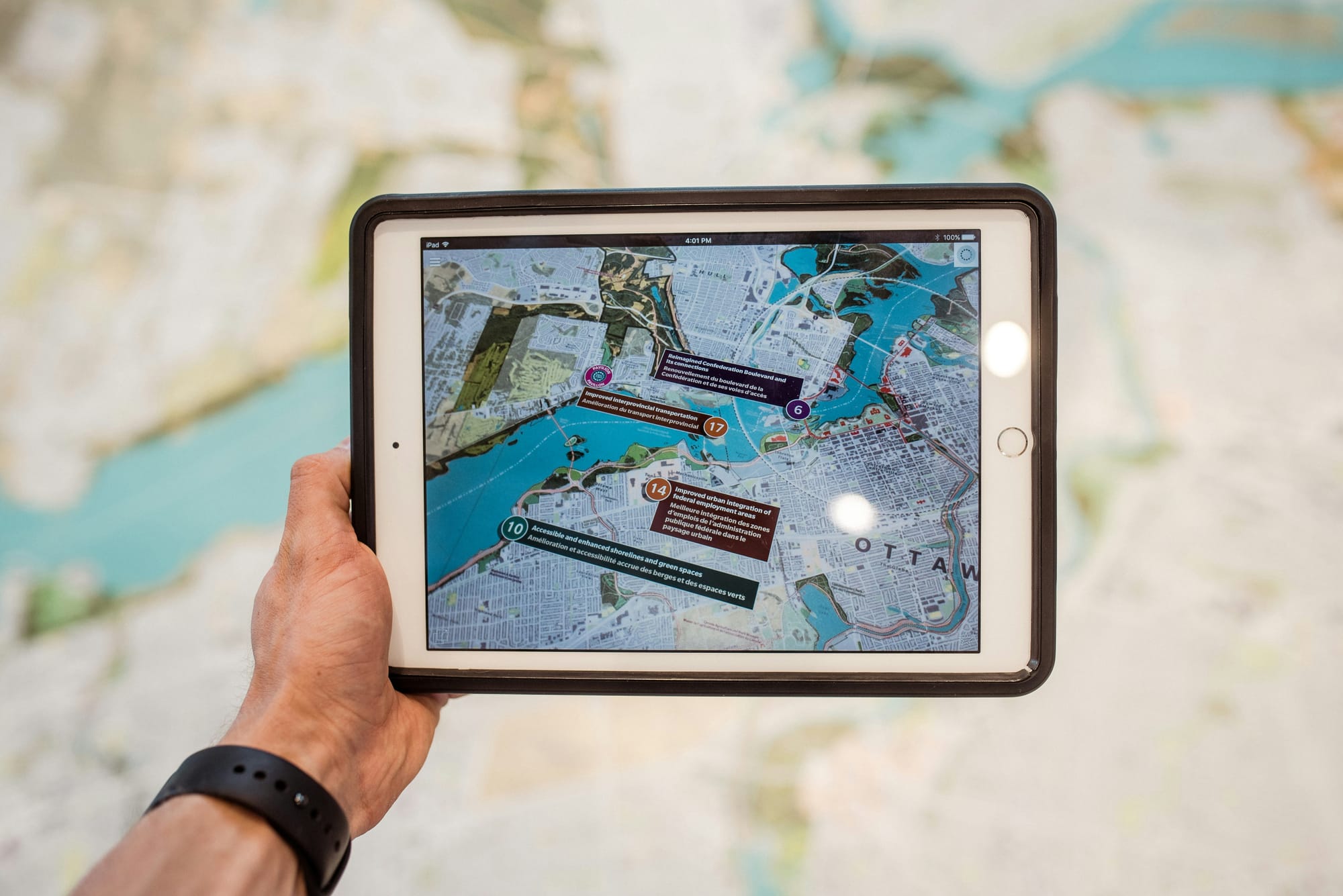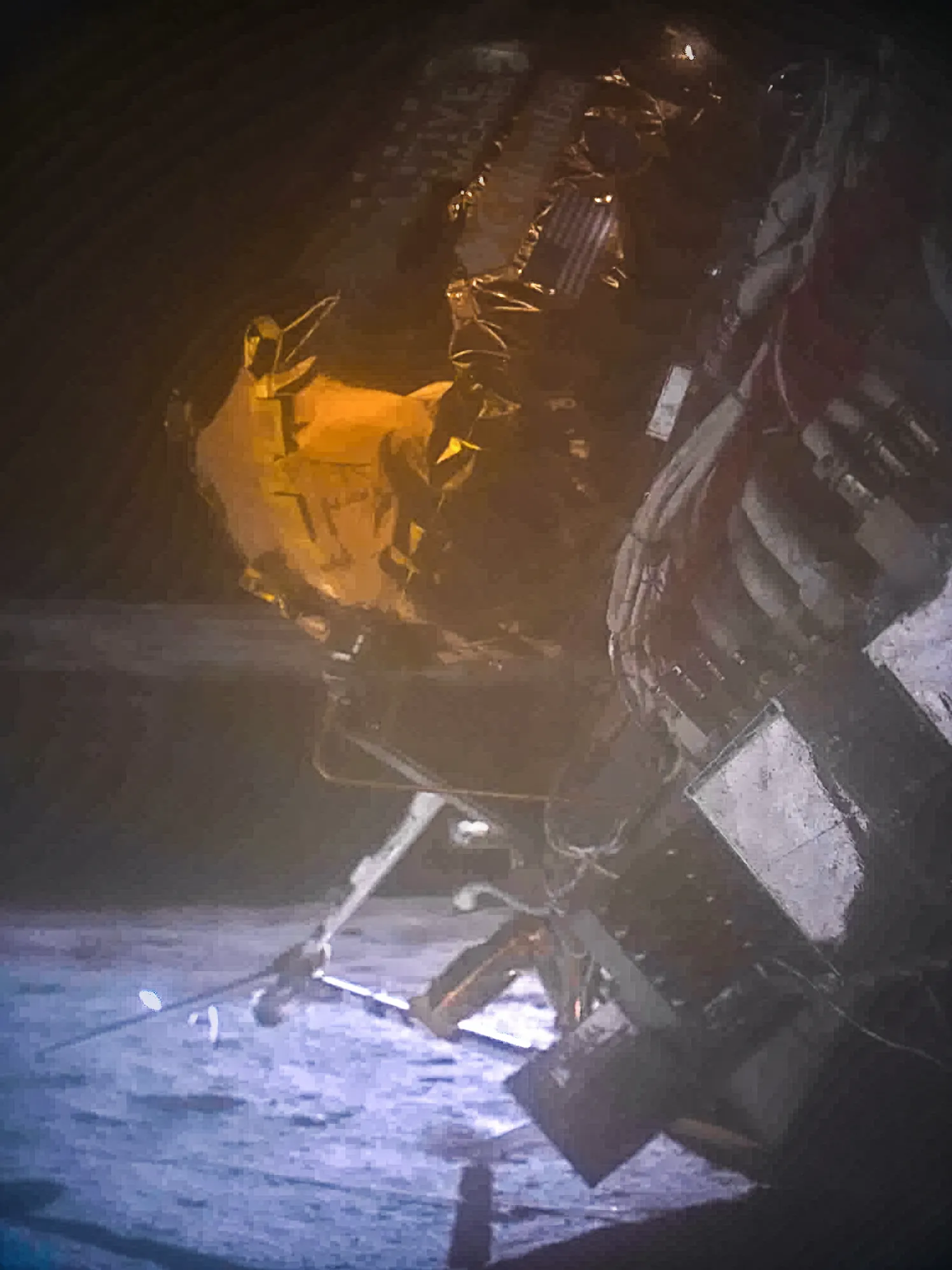Revolutionizing Water Management: How Blockchain Offers Sustainable Solutions Amid Global Scarcity
by Geeta Pillai | BNN

Water scarcity has emerged as a pressing global challenge, exacerbated by climate change, population growth, and industrialization. With the United Nations projecting that almost two-thirds of the world's population may face water-stressed conditions by 2025, the search for innovative management solutions has become critical. Enter blockchain technology, a decentralized, distributed ledger system that promises to transform how water resources are managed, offering hope for more efficient, transparent, and equitable distribution.
How Artificial Intelligence Surpasses Oil in Global Influence
By Sunil Sonkar | Techieexpert

A new powerful force is emerging globally, surpassing old giants like oil. It is not a tangible resource but rather a technological marvel. It is Artificial Intelligence (AI). Just like how Einstein changed how we see the universe and penicillin transformed medicine, the new technology is ready to redefine what intelligence means.
The primary feature of this big change is generative AI, which is quickly changing how we work, what we are good at and even how smart we are. Companies like Nvidia are leading this change, with their GPUs becoming super important for AI. Nvidia is now one of the richest companies in the world because of this.
How Much Do Enterprises Spend on Mobile AR?
by AR Insider | AR Insider

Like many analyst firms, market sizing is one of the ongoing practices of AR Insider’s research arm ARtillery Intelligence. A few times per year, it goes into isolation and buries itself deep in financial modeling. One such exercise zeroes in on mobile AR revenues.
This is one of the main subdivisions of spatial computing – others including headworn AR and VR. They’re all related and share technological underpinnings, but are driven by separate market forces such as their respective hardware bases (see methodology and inclusions).
🌙 NASA - Best Photo from Last Week
Odysseus Lands on the Moon

Following a launch on Feb. 15, Intuitive Machines’ Odysseus lander touched down in the Moon’s south polar region on Feb. 22 and has since transmitted valuable scientific data back to Earth. Odysseus took six NASA payloads along for the ride and their data will prepare us for future human exploration of the Moon under Artemis.
This landing marked the United States’ first lunar landing since Apollo 17, as well as the first landing as part of our Commercial Lunar Payload Services initiative, which aims to expand the lunar economy to support future crewed Artemis missions.
Read the latest updates about Intuitive Machines’ first mission to the Moon.


Disclaimer: None of the content in this newsletter is meant to be financial advice. Please do your own due diligence before taking any action related to content within this article.
Disclaimer: Unbound is reader-supported. When you buy through links on our site, we may earn an affiliate commission.






